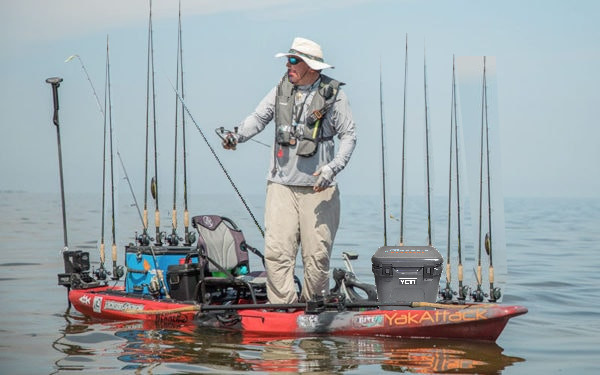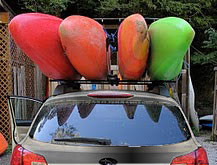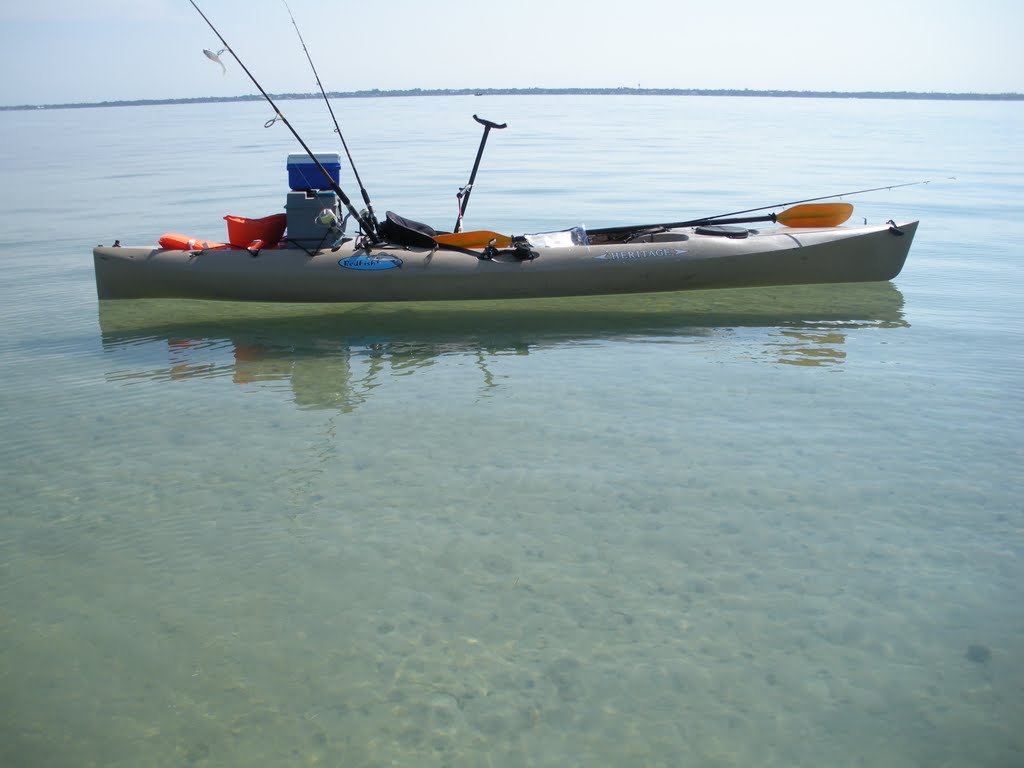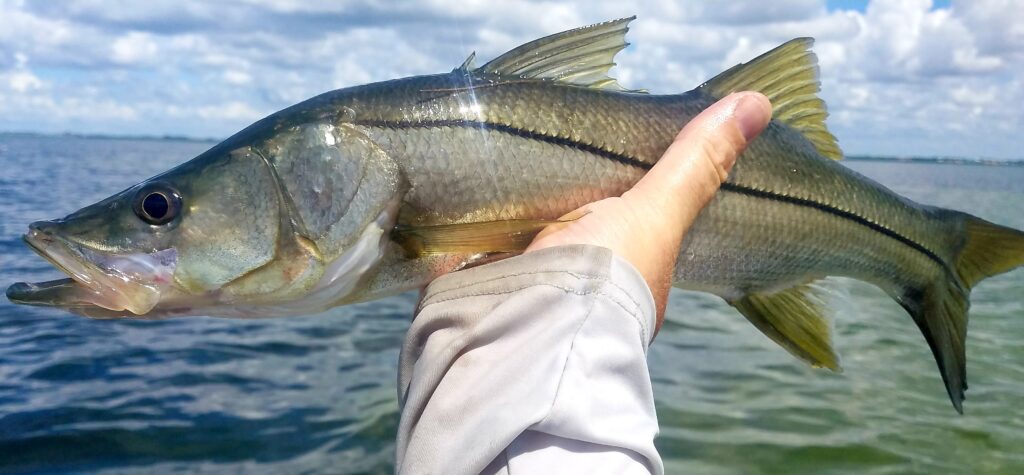How to find the Best Fishing Kayak 2023
When it comes to buying the best fishing kayak, many beginners make the mistake of prioritizing their budget above all else. While it’s understandable to consider cost, there is a crucial factor that often gets overlooked – USABLE CAPACITY. The usable capacity of a kayak determines its ability to accommodate not only your weight but also your fishing gear, tackle boxes, coolers, and other essential equipment. This means that there is no One Size fits all and the best kayak for you might not be the best kayak for someone else.
Budget for Best Fishing Kayak
I rarely get asked “What is the best fishing kayak?” without budget being a big part of the equation. So, for those of you wanting to know what it is going to take to get into a legit fishing kayak (paddle only) here is my formula: Used < $1000 New > $1000
Tip: Do everything you can to avoid an impulse buy at a big box store! Most of the kayaks you see for sale on Craigslist or Facebook are because someone walked up on a “deal” and figured it was “good enough”, only to find out after the first three hours on the water they made a big mistake.
@yakfishin365
Capacity is the most important Specification when buying a fishing kayak
Sounds pretty easy, yes? Well unfortunately each kayak manufacture has their own process of calculating capacity which can make buying a fishing kayak a little confusing. Some use design software models other load up test kayaks, some do both and others make it up as they go. So sizing up a kayaks capacity isn’t always easy.
Of course Buoyancy is what makes kayaks float. How much they float is based on how much water they displace verse how much the kayak weighs. If the Kayak displaces 600 lbs. and weighs 100 lbs. than 500lbs will, in theory, put that kayak underwater. With a 400lb load then 80% of the kayak should be under water. HOWEVER, hull design and weight distribution also have a big role and if you ever looked at the bottom of most kayaks its next to impossible to easily calculate how much it will displace.
Scupper Holes and how they play into all of this?

Sit-on-Top kayaks are self bailing. They do this by using holes in the bottom called scuppers. The kayaks are molded hollow with 4-8 holes placed on the deck for drainage. When they kayak is empty it floats high enough in the water that the holes do not take on water. Once you start loading the kayak up with weight water will rise within the scuppers and at some point with enough weight added water will come in the holes and flood the cockpit. This will happen WELL BELOW the manufacturers published total capacity.
To prevent this you can use scupper plugs to keep dry however when you do this you impact the performance of the kayak. Parts of the hull designed to be above the water line are now underwater which will probably negatively change the primary and secondary tipping points for sure and increase drag requiring more effort to get it going where you want it to go. Also the added pressure caused by the scuppers being plugged while over weight can negatively impact stability and over all performance.
Tip: I STRONGLY recommend buying a kayak that has as much capacity you can afford. Use the 100 lbs. Rule: Oversize your kayak so you can safely bring all the gear you want and still get maximum performance. Anything less is a compromise and will make it harder to enjoy your day on the water.
@yakfishin365
Use the 100LBS Rule when Buying a Kayak
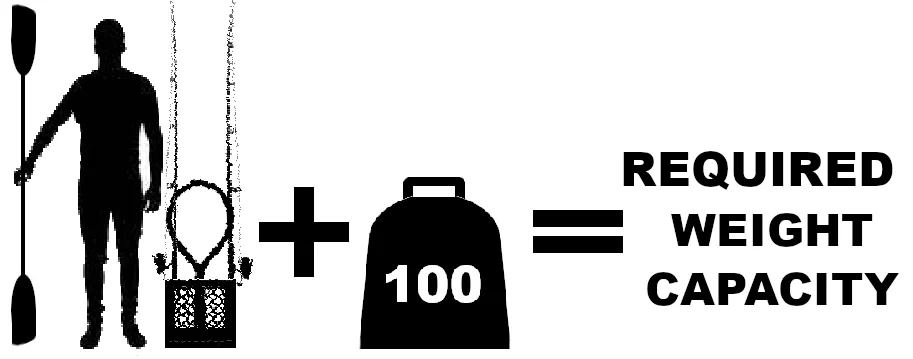
Total Capacity: The total capacity of a fishing kayak refers to the maximum weight that the kayak can safely carry, including the weight of the kayak itself, the angler, and any gear or equipment. It is usually measured in pounds or kilograms. The total capacity takes into account the stability and buoyancy of the kayak and ensures that it remains safe and balanced on the water. However don’t get fooled. Paddling a kayak that is at max capacity is not an easy feat. Add wind and waves, your experience level needs to be high.
Usable Capacity: The usable capacity of a fishing kayak refers to the maximum weight that can be safely carried while maintaining optimal performance and stability. It takes into consideration factors such as the kayak’s design, hull shape, and stability, as well as the angler’s comfort and maneuverability. The usable capacity is typically lower than the total capacity as it accounts for the need to maintain balance and control while fishing, paddling, or engaging in other activities on the water. It is important to respect the usable capacity to ensure a safe and enjoyable fishing experience. Your goal should always be to be under capacity. This will make sure you are prepared for anything and limit your exposure to something going wrong. My general rule is you want a 100lb buffer. This allows you to take on water during a down pour, easily ride over a huge wake from a boat or even recue a swimmer.
I have owned several kayaks with capacities from 275lbs to 450lbs and I can assure you without question the 100lb buffer is the real deal, The only times I have every flipped unexpectedly was when I was over weight (the other times I made a conscious decision to press my luck. LOL)
How to determine the Usable Capacity of a Kayak?
Many of the highly reputable manufactures will publish both the total capacity and the usable capacity of their kayaks. Others do not. So this is where the 100lb buffer comes in. Take the total capacity and subtract the weight of the boat itself plus 100lbs.
If a Kayak Total Capacity is 375lbs and weighs 55lbs.
375lbs – 55lbs – 100lbs = 220lbs of Usable Capacity
Here is a list of kayaks with the 100 lbs. rule
Sort by Usable Capacity to find the best match for you and your gear.

